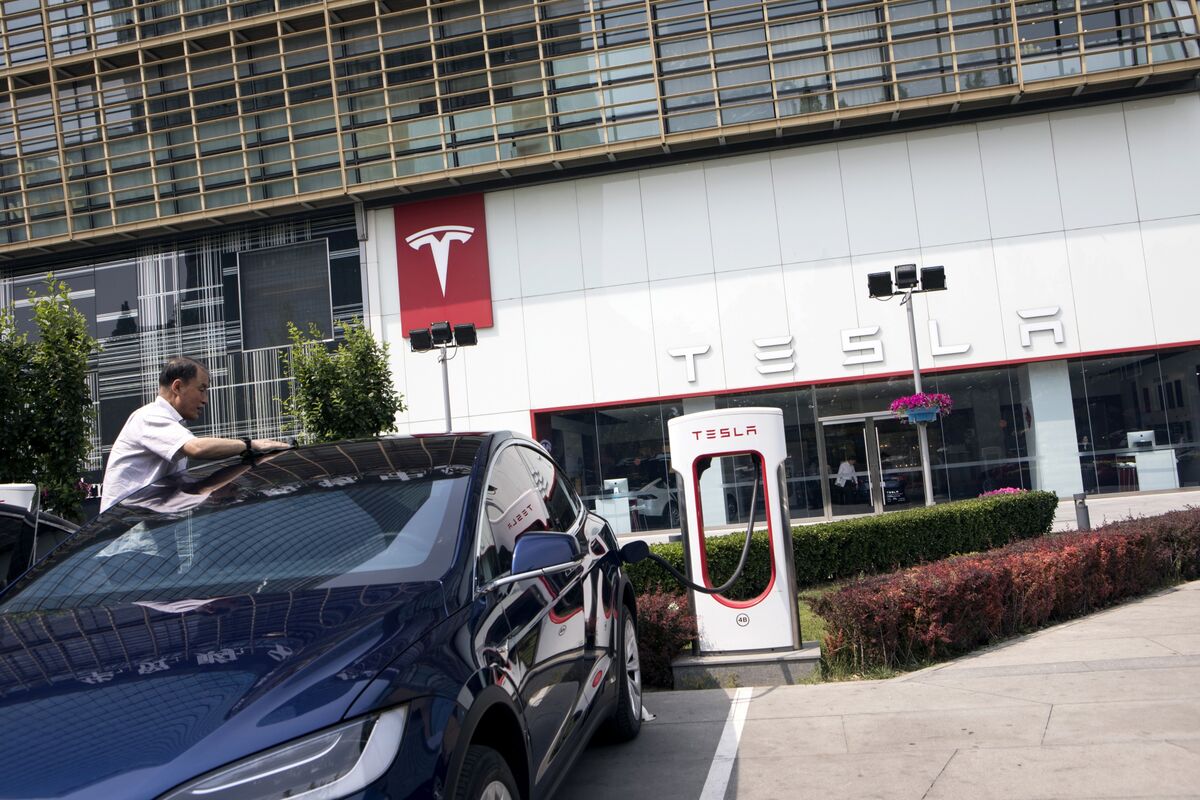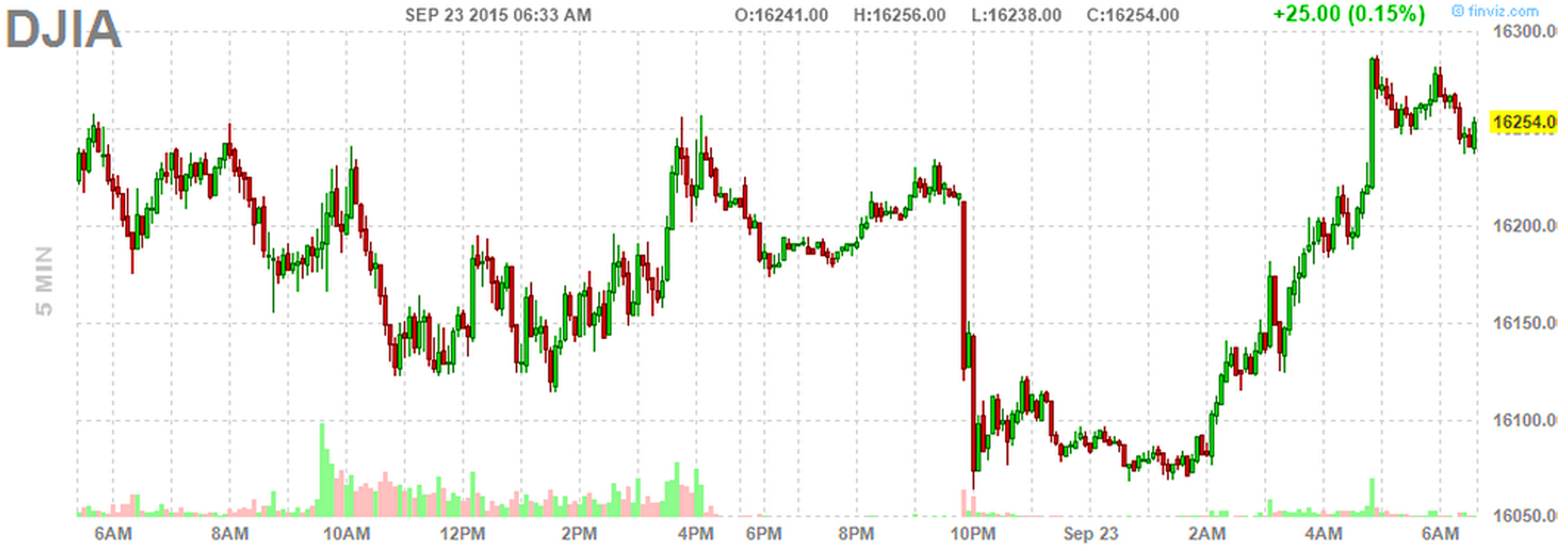Impact Of China's Rare Earth Export Restrictions On Tesla's Optimus Robot

Table of Contents
Rare Earth Minerals: The Critical Component in Optimus's Construction
Rare earth elements (REEs) are not rare, but their extraction and processing are complex, making them a critical component in the construction of advanced robots like Tesla's Optimus. These elements are essential for the optimal performance of various components. Optimus, like many sophisticated robots, heavily relies on REEs for its functionality.
Key REEs used in Optimus include: neodymium, praseodymium, dysprosium, and terbium. Their specific applications are crucial:
- High-strength permanent magnets: REEs are indispensable in creating high-strength permanent magnets, crucial for the powerful and efficient motors that drive Optimus's movements. Neodymium magnets, in particular, are vital for maximizing motor performance.
- Precision sensors: The advanced sensors enabling Optimus's perception and interaction with its environment rely on REEs for enhanced sensitivity and accuracy. These sensors are critical for navigation and object manipulation.
- Actuators: The actuators that control Optimus's limbs and movements depend on REEs for powerful and efficient operation. The precise control required for complex movements relies heavily on the magnetic properties of these elements.
China's Dominance in Rare Earth Mining and Processing
China holds a near-monopoly on rare earth mining and processing, controlling a significant portion of the global supply chain. This dominance stems from a combination of factors:
- Vast reserves: China possesses the world's largest known reserves of rare earth minerals.
- Technological expertise: The extraction and processing of REEs are technologically complex processes, and China has invested heavily in developing the necessary expertise.
- Economies of scale: China's massive production volume allows for economies of scale, making it a highly competitive player in the global market.
This near-monopoly presents a significant challenge for companies like Tesla that rely heavily on REEs for their products. Furthermore:
- China controls over 70% of global REE production.
- Sophisticated processing techniques are required, creating high technological barriers to entry for other nations.
- Environmental concerns related to REE mining, including water pollution and land degradation, further restrict global supply and incentivize centralized production.
Potential Impacts of Export Restrictions on Tesla's Optimus Production
If China were to restrict or reduce its exports of REEs, the impact on Tesla's Optimus production would be substantial. Several scenarios are possible:
- Increased production costs: Sourcing REEs from alternative suppliers would likely be more expensive, leading to higher production costs for Optimus.
- Production delays: Supply chain disruptions due to reliance on a single dominant supplier could significantly delay Optimus's production schedule. This could impact Tesla's market entry and competitive positioning.
- Geopolitical tensions: Potential trade disputes and escalating geopolitical tensions could further complicate matters, creating uncertainty and instability in the supply chain.
These factors could severely impact the viability and profitability of the Optimus project.
Tesla's Strategies to Mitigate Rare Earth Dependence
Tesla is likely exploring several strategies to mitigate its dependence on Chinese REEs:
- Diversification of sources: Investing in REE mining and processing operations in other countries like Australia, the US, and potentially Canada, to establish alternative supply chains.
- Technological innovation: Developing alternative materials and technologies that can replace REEs in Optimus's components. This could involve exploring different types of magnets or sensor technologies.
- Strategic partnerships: Collaborating with other companies and governments to secure reliable and stable supplies of REEs. This could involve joint ventures or long-term supply agreements.
Broader Implications for the Robotics Industry
China's dominance in the rare earth market has significant implications for the future of the robotics industry globally:
- Geopolitical risks: Increased geopolitical tensions and resource nationalism could disrupt supply chains and hamper the growth of the robotics sector.
- Innovation incentives: The challenges posed by REE scarcity will incentivize research and development of REE-free technologies and alternative materials.
- Supply chain reshaping: The industry may witness a trend towards reshoring and regionalization of the robotics supply chain to mitigate geopolitical risks.
Conclusion
China's rare earth export restrictions pose a significant threat to Tesla's Optimus robot project and the wider robotics industry. The reliance on a single dominant supplier creates vulnerabilities in the supply chain, potentially leading to increased costs, production delays, and geopolitical tensions. To mitigate these risks, Tesla and the broader industry must prioritize diversification of REE sources, investment in alternative technologies, and the fostering of robust international collaborations. Further research into the complexities of China's rare earth export restrictions on Tesla's Optimus robot and their wider implications for the technology sector is crucial for understanding and addressing this critical challenge. Understanding the implications of China's rare earth export restrictions on Tesla's Optimus robot is crucial for navigating the future of robotics.

Featured Posts
-
 Trumps Immigration Policies Meet Stiff Legal Resistance
Apr 24, 2025
Trumps Immigration Policies Meet Stiff Legal Resistance
Apr 24, 2025 -
 Nba All Star Weekend 2024 Herros 3 Point Win And Cavs Skills Challenge Victory
Apr 24, 2025
Nba All Star Weekend 2024 Herros 3 Point Win And Cavs Skills Challenge Victory
Apr 24, 2025 -
 Us Stock Futures Surge Trumps Powell Remarks Boost Markets
Apr 24, 2025
Us Stock Futures Surge Trumps Powell Remarks Boost Markets
Apr 24, 2025 -
 Faa Heightens Focus On Safety At Las Vegas Airport Amidst Collision Concerns
Apr 24, 2025
Faa Heightens Focus On Safety At Las Vegas Airport Amidst Collision Concerns
Apr 24, 2025 -
 Report Nba Opens Investigation Into Ja Morants Conduct
Apr 24, 2025
Report Nba Opens Investigation Into Ja Morants Conduct
Apr 24, 2025
